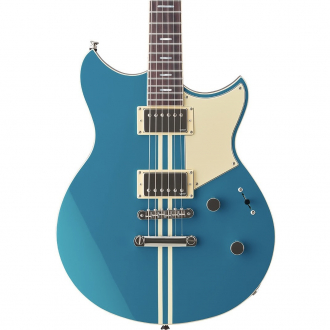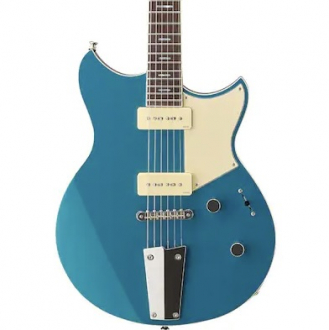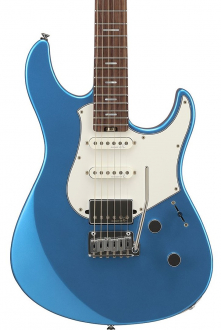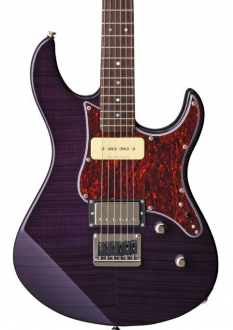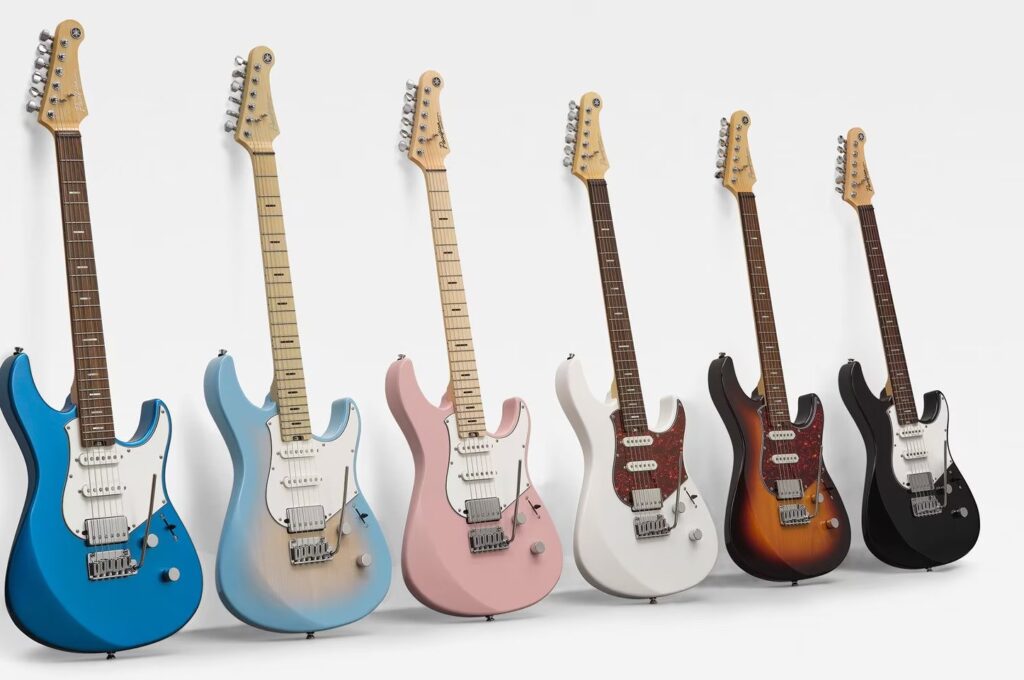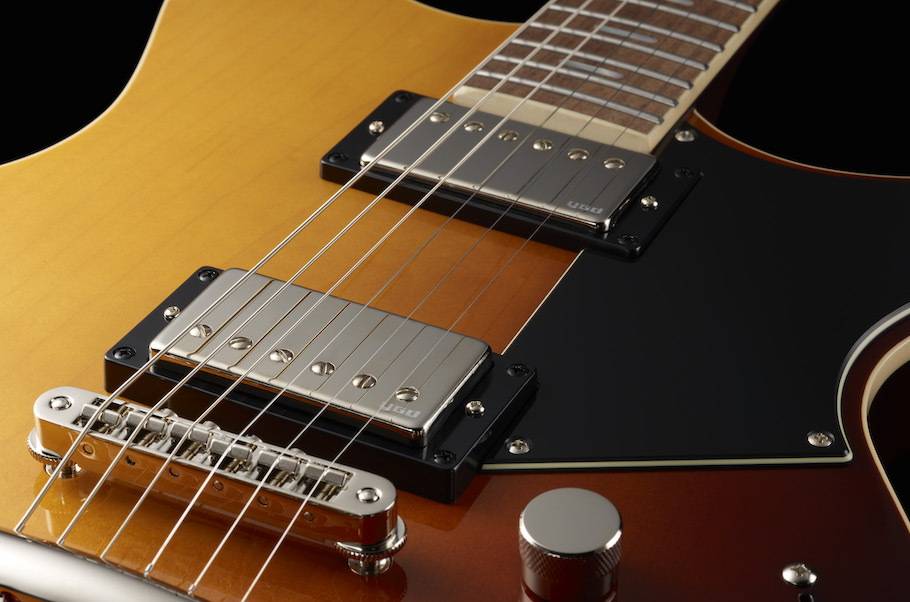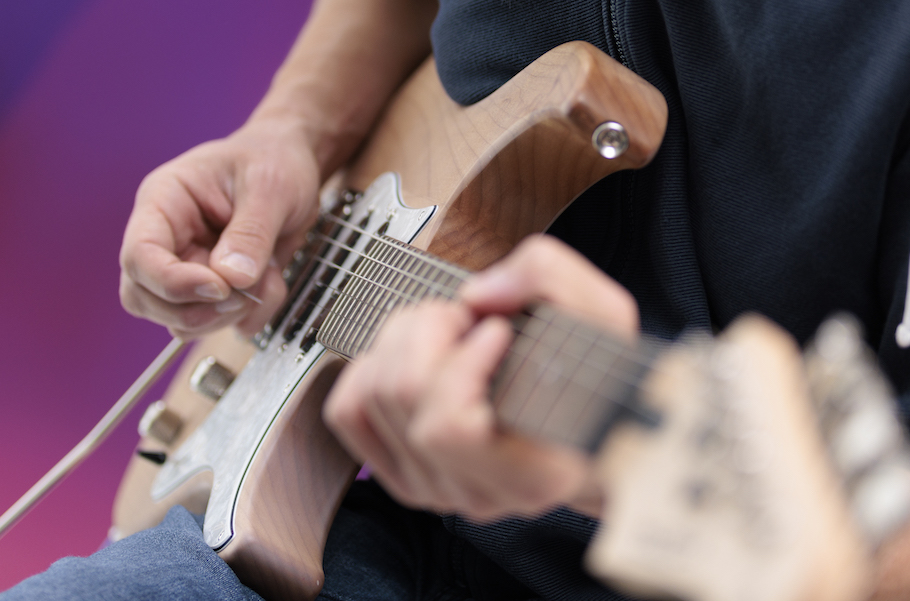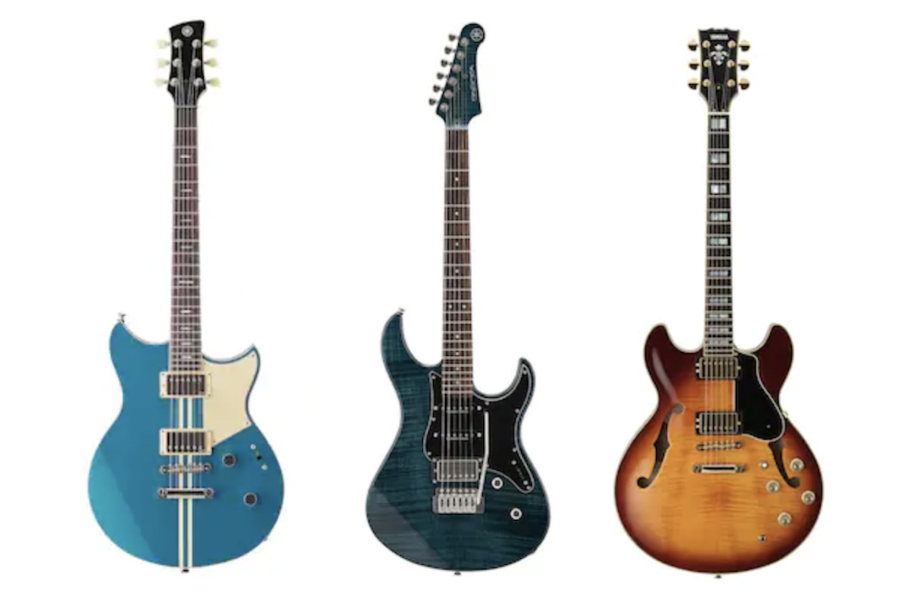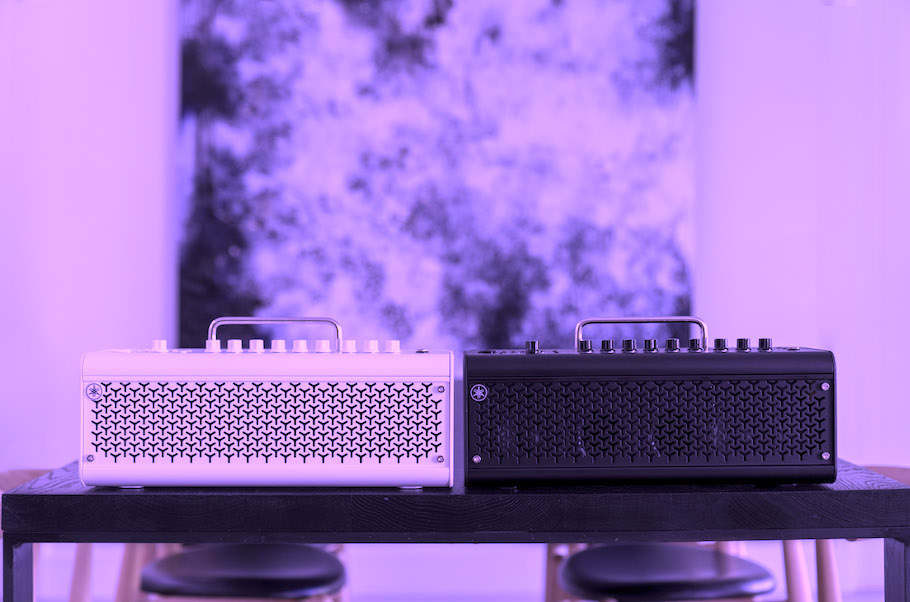What’s the Difference Between Pacifica and Revstar?
Choosing the electric guitar that best suits your musical needs.
I’m often asked what the differences are between Yamaha Pacifica and Revstar guitars. The short answer is: Quite a lot. Although they are both double-cut instruments, that’s really where the similarities end.
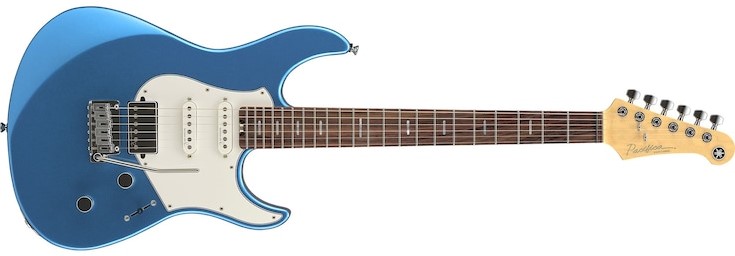
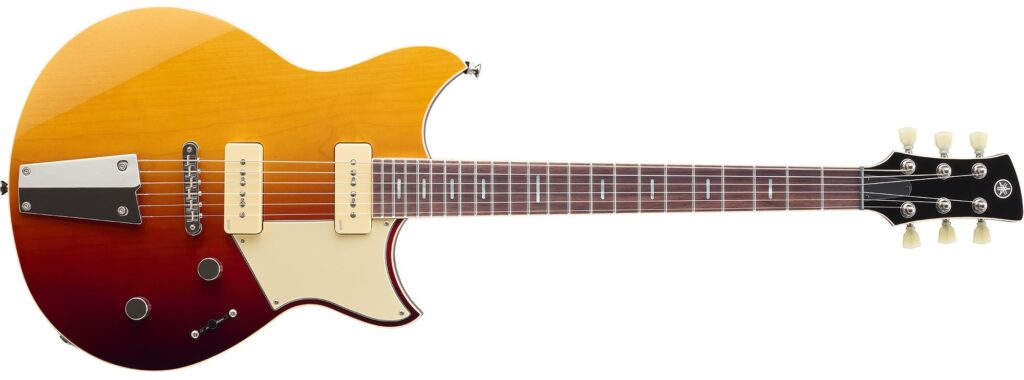
In this posting, we’ll discuss the main differences between the two, and why you might choose one over the other. But before we start, it should be stated that both the Revstar and Pacifica guitar ranges have multiple variations within their respective lineups. I’ll lean into any of those details when I feel they are important.
Tonewoods
Pacifica and Revstar guitars have a vastly different body styling, as well as varying tonewood combinations, which is a big part of the reason why they sound so different from one another.
Pacificas utilize a finely sculpted alder tonewood for the body. Alder is lighter than the mahogany used by Revstar guitars and has a more open grain pattern within the timber. This provides a softer, open, airy character to the tones it produces.
600 Series Pacifica guitars like the PAC612VIIFMX also feature a flame maple veneer. This veneer may change the tone slightly, but it is used more for its visual appeal rather than any tonal distinction.
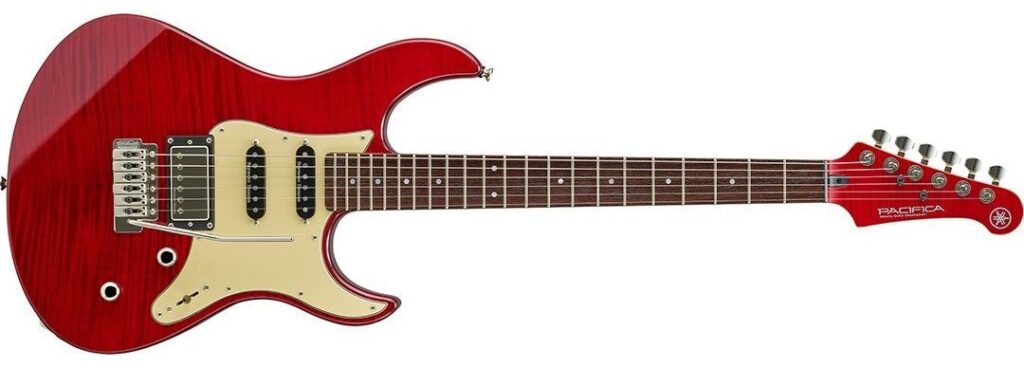
Revstar guitar bodies are mahogany with a maple top (sometimes called a cap) — a classic, tried and tested tonewood combination. The mahogany adds weight and warmth to the sound, while the maple brings clarity and bite.
Pacifica 600 Series, 300 Series, 200 Series and 012/100 Series guitars all have solid bodies. Pacifica Standard Plus and Professional models, as well as all second-generation Revstar models, utilize a chambered body crafted with proprietary Yamaha acoustic design technology to reduce weight and optimize the balance between body and neck.
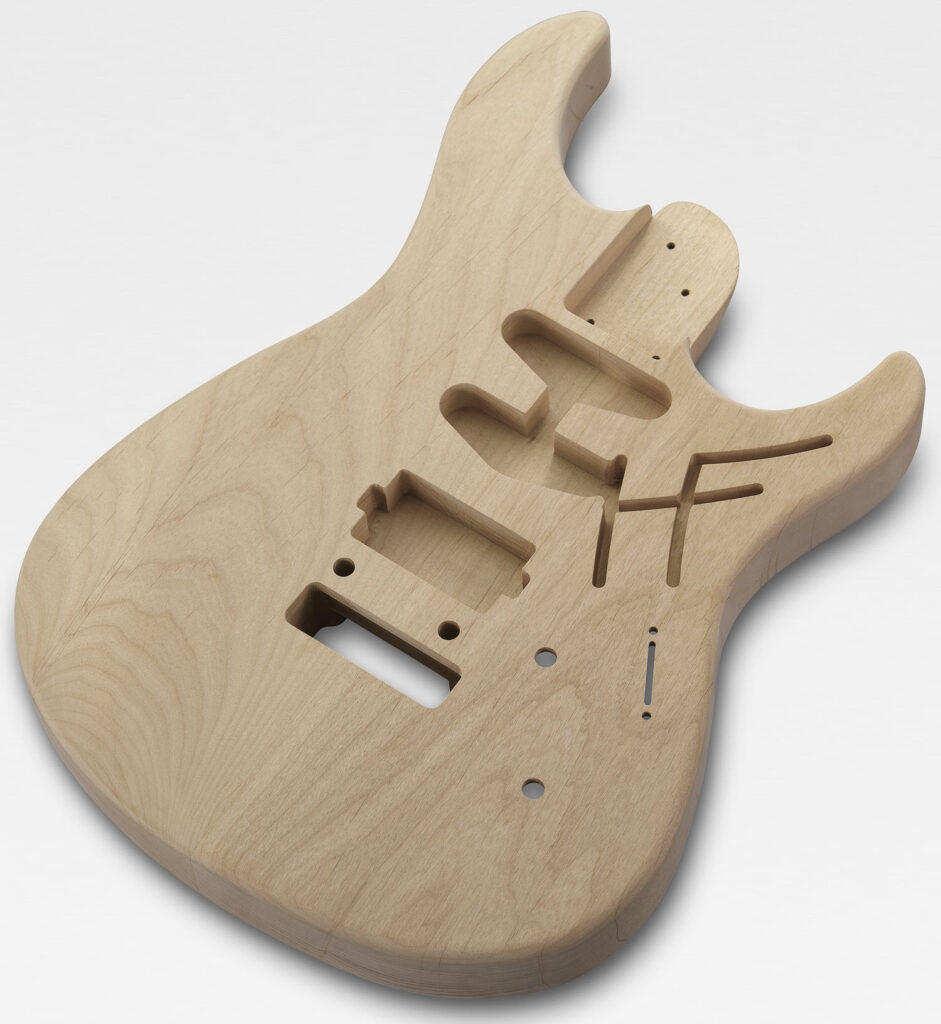
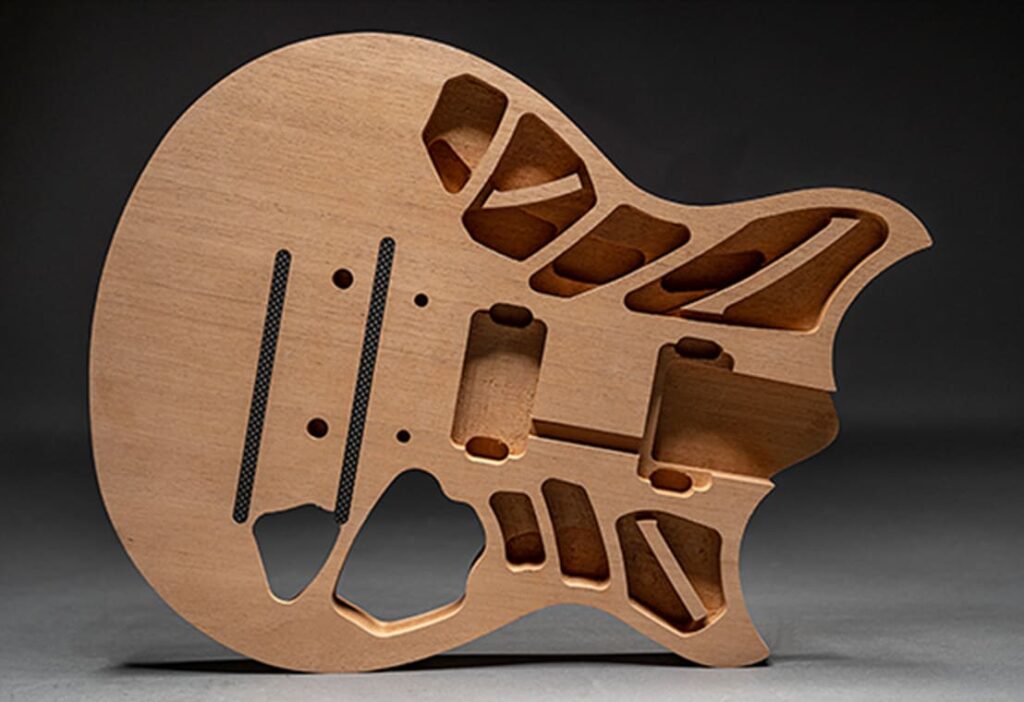
The bodies of Pacifica Professional and Revstar Professional guitars are also treated with Yamaha I.R.A. (Initial Response Acceleration). This unique process applies specific vibrations to release stresses between the instrument’s components, giving the guitar a played-in sound and feel even when brand new. I’ve played guitars with and without the I.R.A. treatment, and you can definitely feel more responsiveness, resonance and sustain in the former.
Weight
If you play seated for extended periods of time, or stand up for three-hour gig engagements, the weight of your go-to guitar may be worth considering. In general, Revstars are slightly heavier than Pacificas, but this will vary between models.
Neck
All Revstar guitars have mahogany necks and rosewood fingerboards. These are both extremely dense tonewoods that impart a warm tonality.
Pacifica guitar necks are crafted from maple, which provides a brighter sound than mahogany. Some Pacificas are also available with rosewood fingerboards, and this adds a touch of the aforementioned warmth to the overall tone.
The satin finish and full “C” shape on the necks of the new Pacifica Standard Plus and Professional models feels really comfortable and should be welcoming to most guitar players. The medium fretwork is stainless steel, which makes them bright, durable and well-intonated. I also like the 10″ to 14″ compound radius employed by Pacifica Professional necks; it really does make a difference to the fretting hand when making chord shapes in open position, and for sustaining full-tone bends above the twelfth fret.
Revstar guitar necks are relatively chunky and feel very positive in the hands. I really like the jumbo frets on these guitars too — a personal preference of mine. Revstars also have a neck-through-body design. This is meant to improve resonance between those two elements by eliminating a neck pocket and metal screws. However, this also means that a neck reset or replacement is not an option without a lot of work.
Pacifica guitars, on the other hand, employ a bolt-on neck construction. If coupled correctly with a nice snug joint, the resonance between the body and neck should be just as good as that of the neck-through-body design employed by Revstars. The new Pacifica Standard Plus and Professional models also sport a complete redesign to the neck heel, allowing for even greater access to the upper frets.
Scale Length
Revstar guitars have a 24 – 3/4″ scale length. This allows for a lower string tension and brings the first fret of the guitar closer to the guitar player.
Pacifica guitars have a 25 – 1/2″ scale length, adding a little more tension to the strings than Revstar, along with a slightly longer distance between the nut and bridge.
Scale length does not affect the tone, but it will have an impact on playability (see below), so it’s well worth trying out both scale lengths to see which one feels best to you.
Bridge
The bridge systems used by these two guitars are very different. Revstar bridges are either wraparound stop tailpieces (as in the Revstar RSP20 model shown below), or utilize a bridge-and-trapeze tailpiece design like those on the Revstar RSP02T. (The “T” in the model number represents the trapeze tailpiece design.) I find that there is actually a subtle tonal difference between the wraparound bridge and the trapeze tailpiece-equipped Revstars, so that may also be something to pay attention to when deciding which model is best for you.
Most Pacificas come with a two-point Gotoh or Wilkinson tremolo bridge, the exception being the PAC611HFM model, which has a hardtail bridge. The hardtail design functions similarly to the Revstar bridges, while the tremolo systems have the strings going through the body of the guitar, which in my opinion drastically changes the tone, adding more treble to the sound of the instrument, albeit in a very good way.
It’s worth mentioning that tuning a Revstar (or a Pacifica with a hardtail bridge) to an altered tuning will be relatively easy since the bridges of those guitars provide a relatively stable environment across all strings, regardless of which ones you detune down or up.
If you prefer a tremolo bridge, detuning your guitar between songs may be problematic. Even just dropping the low E string to D will cause the other strings to go out of tune, and it may take several moments to get everything back into pitch — something definitely worth considering if you use open tunings during live performance!
Pickups
Electric guitar pickups, of course, play a major role in how the instrument sounds. Humbuckers and P90 pickups produce a fat, warm tone ideal for jazz, rock and blues, while single-coils are brighter and cleaner, but also cover the complete genre spectrum between pop and dirty blues grit.

While various Revstars and Pacificas are available with humbuckers and P90s, only the new Pacifica Professional and Standard Plus models offer the unique sound of the Reflectone humbucker and single-coil pickups designed by Yamaha in collaboration with audio manufacturer Rupert Neve Designs. This innovation really does evolve the Pacifica tonality into new territory, with clarity, definition and balanced delivery across all six strings that is quite remarkable.
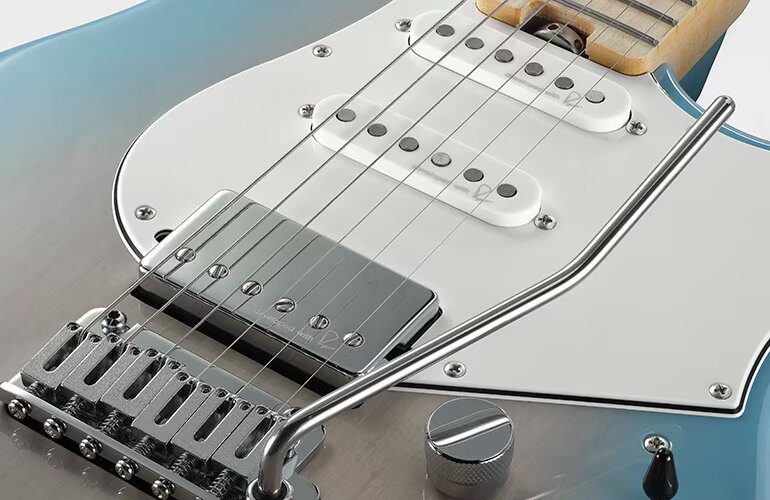
The HSS (humbucker/single-coil/single-coil) pickup combination offered by Pacifica Professional, Standard Plus and PAC600 Series guitars may well be the most versatile tonal configuration available in one guitar. If you are using a single guitar to play multiple styles of music — a situation where tonal versatility is crucial — one of these workhorses could be a perfect fit for you.
Tonality
If you’re looking for a great two-pickup guitar that delivers a fat and focused tone for playing rock, blues and jazz, you really can’t go wrong with any of the Revstars. Can the Revstar cover other styles too? It certainly can, and if you want the open “airy” sound of single-coil pickups, the RSS02T and RSP02T with P90s would be a great choice.
Pacificas also cover a lot of ground stylistically, and thanks in part to their three-pickup design, are incredibly versatile instruments. You’ll find the tones brighter and less mid-rangey than a Revstar, and if your style requires chordal shimmers or tremolo effects, you’ll definitely love the smooth-action Gotoh or Wilkinson tremolo found on the new Pacifica models; in addition, their locking tuners will help keep everything buttoned-up nicely in the tuning department.
Playability
Both Revstar and Pacifica guitars are eminently playable, though each has its own signature “feel.”
Revstar guitar necks feel very positive in the hands, with jumbo fret wires that make fretting easy. In addition, their lower string tension is really nice if you like a spongy, more relaxed feel on your six-string.
The new Pacifica Standard Plus and Professional models have a smooth satin finish on the back of their necks that makes it easy to glide between fretboard locations, and their neck joint gives you easy access to the 22 stainless steel frets. In addition, the compound radius on the Professional fretboards allows for clean chordal fretting in open position and choke-free bending in the upper regions of the neck.
The Videos
Here are four videos that demonstrate the tonal differences between various Pacifica and Revstar guitars, as well as the tonal and aesthetic differences between models. You may even notice a difference in how I approach playing each of these guitars!
Pacifica Professional
Pacifica 612VIIFM
Revstar Standard RSS20
Revstar Element RSE20
The Wrap-Up
Over the years, I’ve played multiple Revstar and Pacifica models, and have always found the tones I needed for the gig in all of those instruments. However, when it comes down to specific requirements and tones for a performance, session or video, I’d likely choose one over the other, if I had them both on hand.
If you are a player that likes the straight-ahead rock ’n’ roll Cafe Racer spirit and aesthetic of Revstar guitars, you’ll love the many vibrant finishes and pickup combinations Revstars offer.
On the other hand, if you need the ultimate tonal versatility that comes from the combination of a humbucker, dual single-coils and tremolo system, the rich legacy of Pacifica guitars — and the advanced technologies the new Professional and Standard Plus models offer — should definitely be on your radar.
Ultimately, it comes down to choosing the guitar that best suits your musical needs and also makes you proud to be its owner. Pacifica or Revstar? You can’t go wrong with either.











